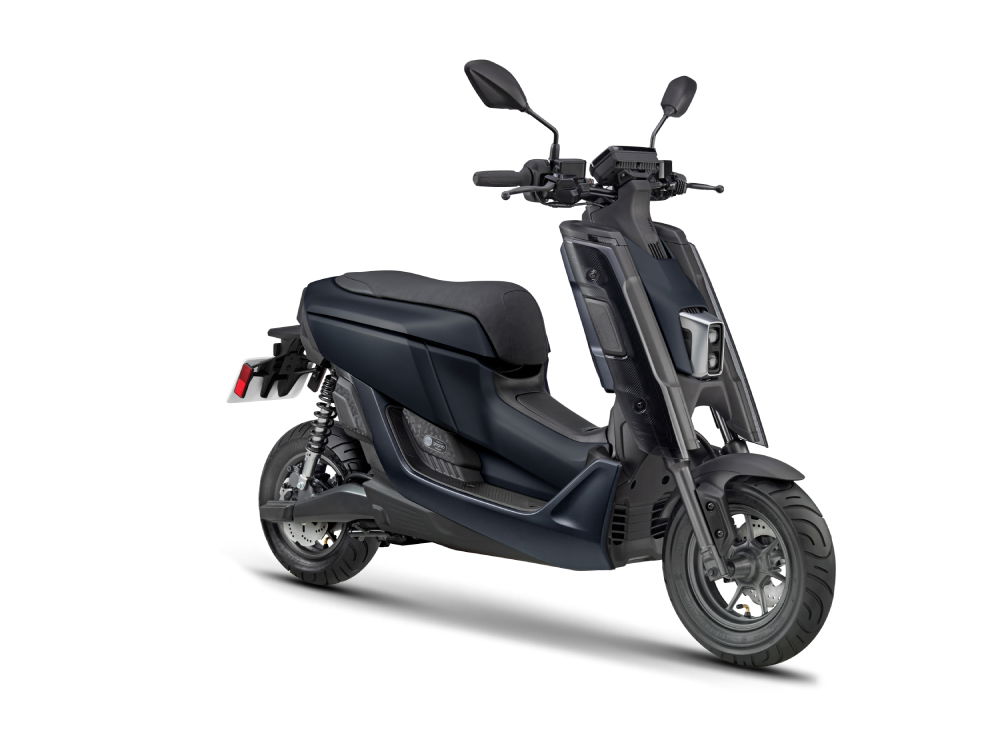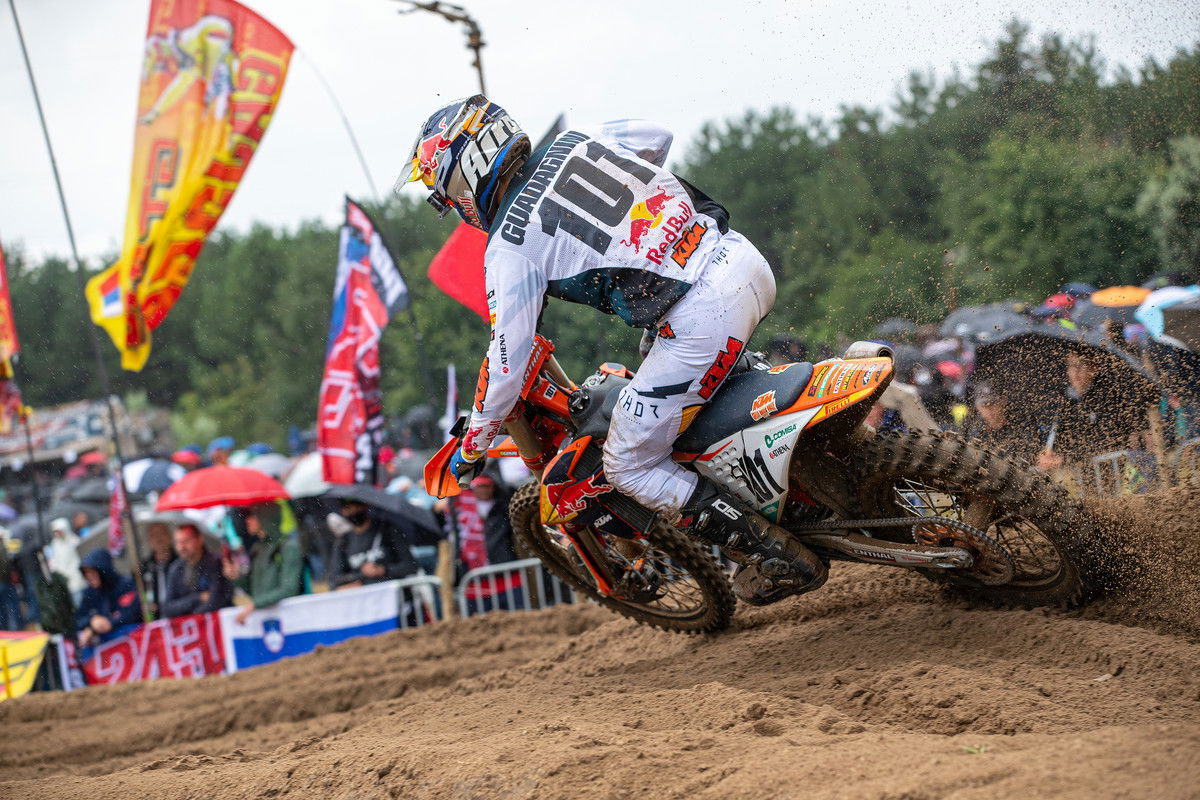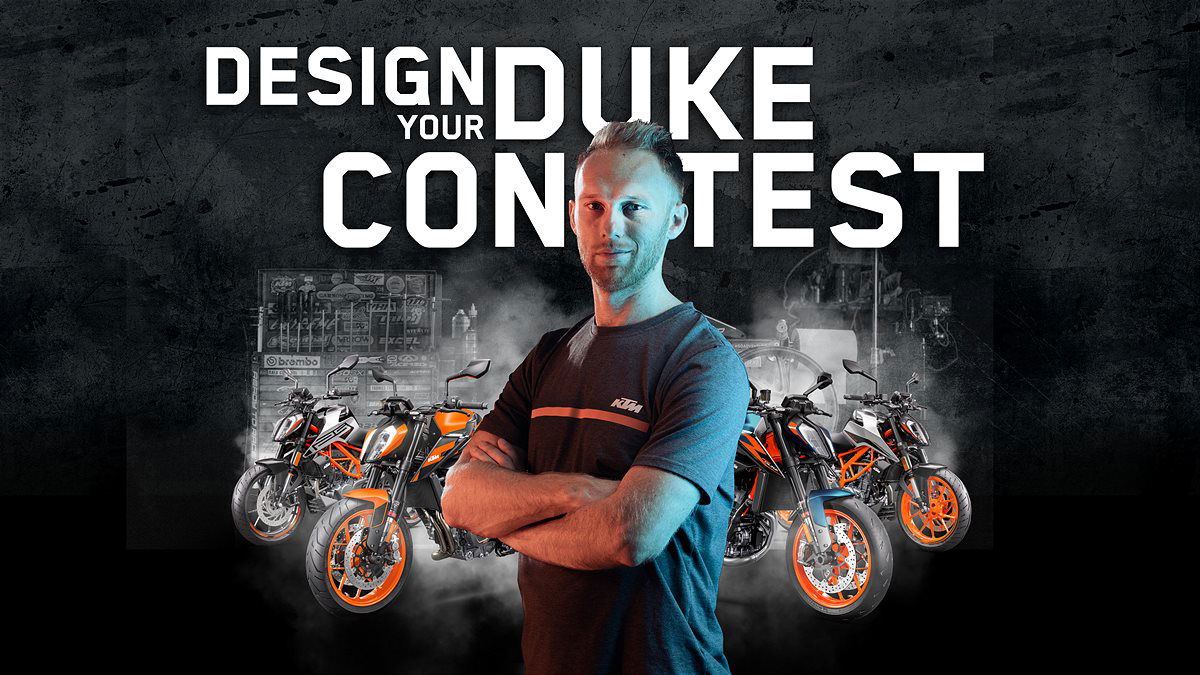The electric revolution is not just about the environment
By 2023, India’s two-wheeler market will be 20% electric, but at the same time Yamaha is proving that electrics aren't just about the environment.

IT is predicted that India’s two-wheeler market will be 20% electric by next year.
The projection comes from Ather Energy, a manufacturer of electric scooters in India themselves.

Motorrad reports that, at the 2022 Autocar Professional EV Forum, Ather’s CEO, Tarun Mehta, made the prediction, thanks to seeing “two to three times as high,” demand levels compared to production output.
However, there is the factor to consider of subsidies. The Indian government’s subsidy plan for electric two-wheelers sees the equivalent of up to almost £700 being paid for by the government. So, in an unsubsidised market, it remains to be seen what the outlook will be.
The subsidy plan was due to expire at the end of this year, but the Indian government has recently extended it to 2024. There are similar subsidy plans in Europe, where Italy has recently announced its own plans which can see thousands of euros slashed from the price of EVs to encourage people to buy electric, while the UK government offers up to a £1,500 subsidy for low-emission motorcycles and scooters.
In the UK, despite large growth in the electric motorcycle market in the first part of 2022, the overall market share of electric motorcycles and scooters remains less than one per cent.

Of course, in comparison to India, British society is different, and it is more common for people to own a motorcycle in Britain for enjoyment, rather than as their primary transport mode. In comparison, in India, the hectic cities mean that motorcycles and scooters can be the most efficient way to get about.
That could suggest that electric bikes are not as enjoyable as combustion motorcycles. However, it could also simply suggest that electric bikes are not perceived to be as enjoyable as their combustion-powered counterparts. Their benefits are seen mostly as environmental, and the environment is a concern about which one person out of seven billion feels powerless to address, whereas additional low-down torque from the latest high-capacity adventurer from one of the major motorcycle manufacturers sounds like a lot of fun.
There is one place where electric is seen as fun, but it is not the roads. On dirt tracks, electric power can offer output equivalent to - and in surpassion of - the most powerful combustion bikes.
The Stark Varg is an example of this, and so is the Flux Primo out of Slovenia. Both are reported to produce around 85 horsepower at peak, while that power is adjustable. The Varg, in particular, is able to act as a 450F, or 250F, depending on the requirements and desires of the rider.

The other benefits of electric bikes off-road is their constant - and therefore predictable - torque delivery, and that they are quiet. Just last year, the famous Lommel track in Belgium - one of the toughest tracks in the world, if not the toughest - was facing political pressure to close down, due to residents complaining about noise. Formula One had a similar problem recently with their Miami Grand Prix, and Brands Hatch is often a focus point for the complaints of residents who live near it. If there is no noise, there is nothing for residents to complain about.
Yamaha are also keen to point out that electric bikes do not just have to be about practicality, but can also offer straight-up more enjoyment than a combustion bike. The aim of their TY-E 2.0 trials bike, which will enter the world trials championship this year.
“Electric vehicles are often spoken of in an environmental context, but they have their own unique points of appeal, like the output characteristics they are capable of, for example,” says the lead developer of the TY-E 2.0, Takeshi Toyota. “They have the potential to deliver more fun and performance than current internal combustion engines can if we move away from trying to make them all-conquering and instead narrow things down and focus on specialisation.”
.jpg?width=1600)
Trials is one of the best places to explore this superior performance potential of electric power. Range and recharging times are two of the most limiting factors for electric bikes, but, like motocross and enduro, trials riding and competition does not stress the range of the battery very much at all. In this sense, in trials, you can almost completely forget about the weak point of electric power, and focus on maximising its strong points: instant power, and constant torque that exceeds the output of combustion engines.
Yamaha’s electric motor of the TY-E 2.0 does not currently match the power outputs of combustion engines. Toyota says that this is down to the developmental focus on reducing weight. Toyota says, “However, we focused on careful control of the electric motor’s performance to compensate for the difference in output,” which he says, “is a vital key to surpassing internal combustion engines on the world stage.”
The approach of the off-road sectors in relation to electric power is in contrast to that of the on-road sectors. This is down to the different requirements of the two different areas, with off-road bikes being less limited by range and charging times than on-road models. Recent developments in technology, such as the use of niobium instead of lithium for batteries, offer the chance to reduce the impact of range and charging times on electric bikes.
Perhaps, with new technologies such as niobium, it will be possible for on-road electric bikes to be developed in a similar way to the off-road models, and combustion bikes, where performance and enjoyment take a more prominent position.

